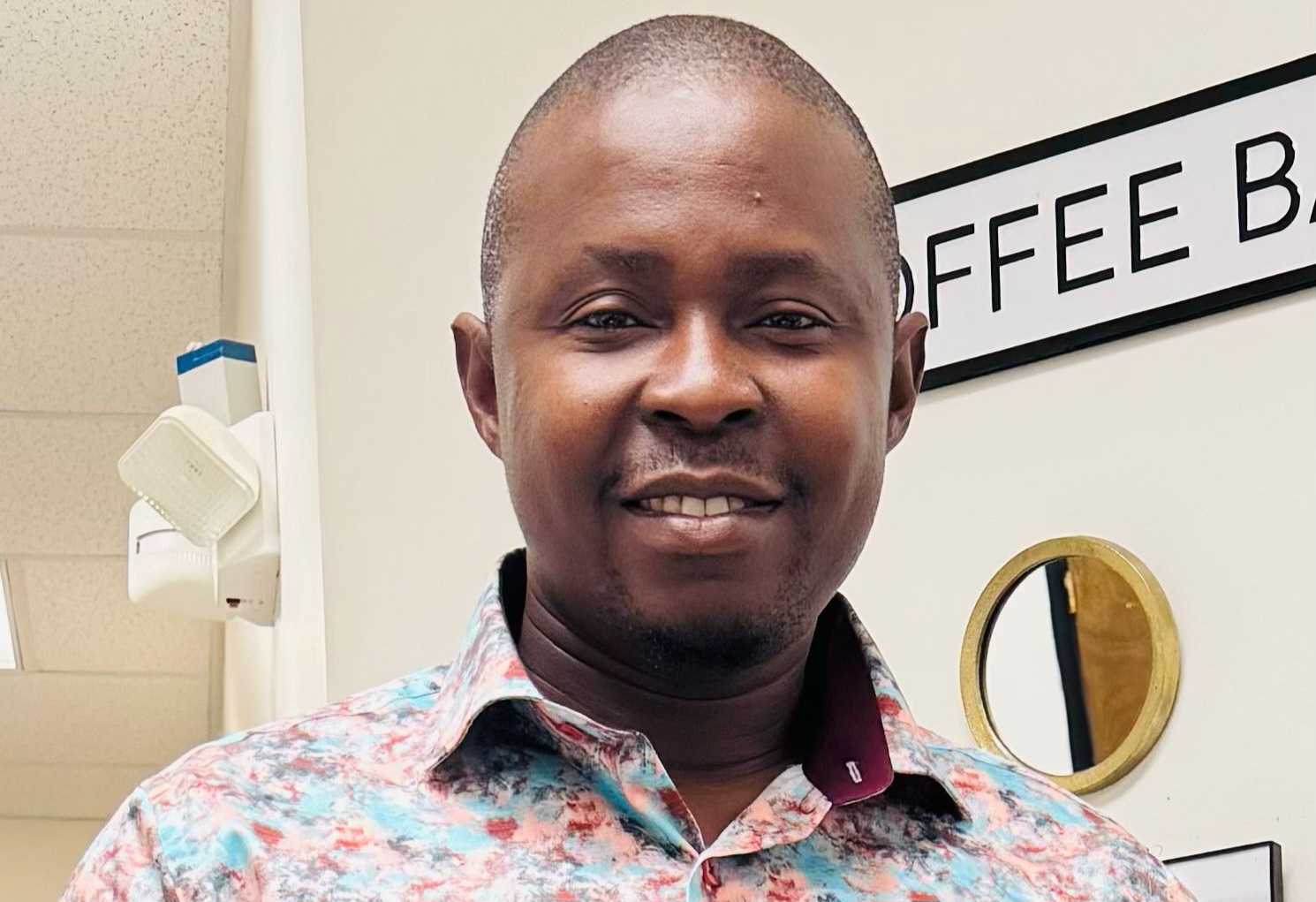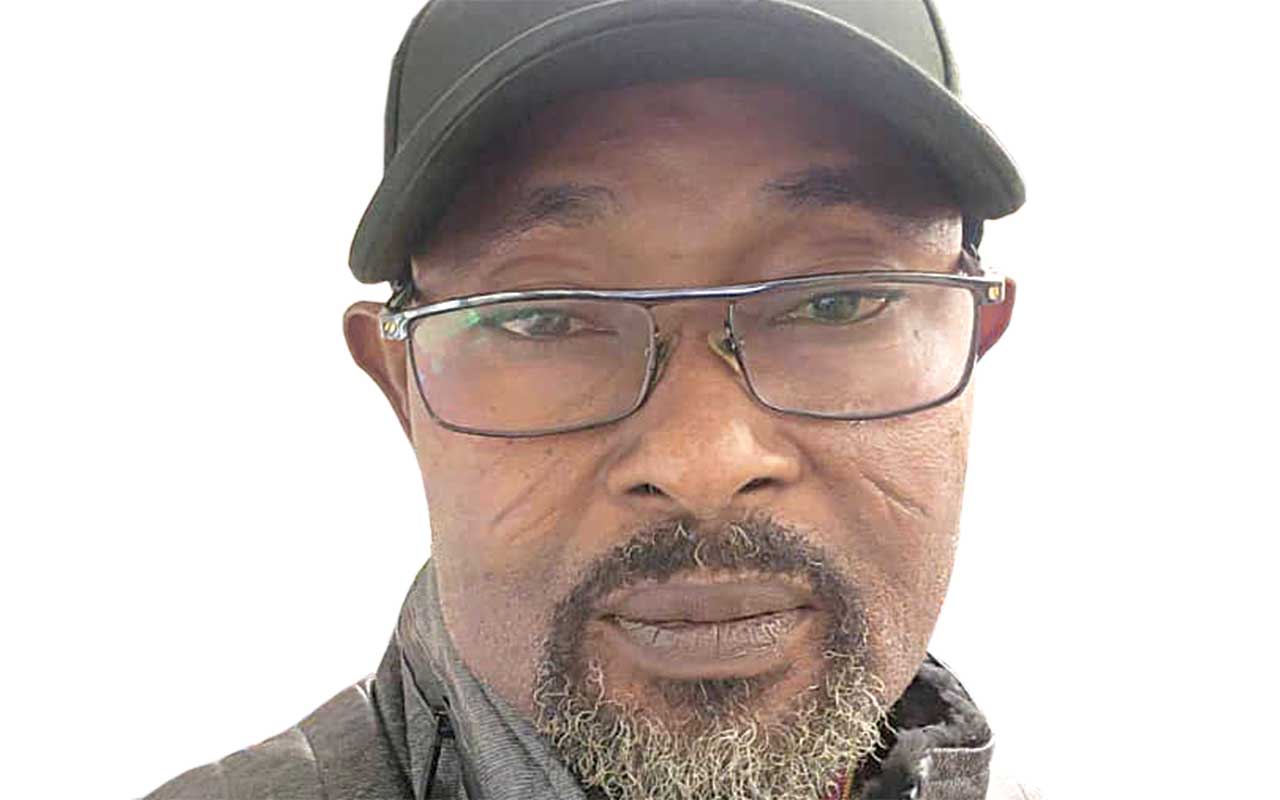 Ajala Olakunle Abayomi is an expert in Information Technology and Cybersecurity. He holds a degree in Physics Electronics from Olabisi Onabanjo University and a Master of Science in Information Technology Management at Indiana Wesleyan University. In this interview, he speaks about his passion in the field of IT, cybersecurity.
Ajala Olakunle Abayomi is an expert in Information Technology and Cybersecurity. He holds a degree in Physics Electronics from Olabisi Onabanjo University and a Master of Science in Information Technology Management at Indiana Wesleyan University. In this interview, he speaks about his passion in the field of IT, cybersecurity.
Your career in IT, IoT, and cybersecurity is remarkable. Can you start by telling us what inspired you to pursue a career in technology?
My journey in technology began with a deep fascination for problem-solving. I’ve always been curious about how technology can address complex challenges and improve lives. My academic background in Physics with Electronics from Olabisi Onabanjo University laid a strong foundation, particularly in understanding how systems work. Later, my Master of Science in Information Technology Management at Indiana Wesleyan University gave me the tools to bridge technical expertise with strategic decision-making. What drives me is the realization that technology is a critical enabler for progress, from cybersecurity to IoT applications.
That’s fascinating. Many of your projects seem to combine innovation and practicality. How do you balance these two aspects?
Balancing innovation with practicality requires a clear understanding of the problem at hand and a vision for what’s achievable. For example, during the Burkina Faso Telecom IoT Remote Monitoring Project, the goal was to deploy advanced IoT systems while addressing local challenges like cost constraints and technical capacity. I trained local technicians and adapted the solutions to regional needs, ensuring the project delivered value without overcomplicating the implementation. Innovation must always serve a purpose, and practicality ensures it’s accessible and sustainable.
Speaking of IoT, it’s one of your areas of expertise. Can you share a specific example where IoT had a transformative impact?
Absolutely. One of the most impactful projects I worked on was the deployment of IoT Remote Monitoring Systems (RMS) for American Tower sites. The system allowed us to monitor energy usage, detect anomalies, and prevent theft, which was a significant issue at remote sites. By using IoT devices integrated with reliable and advance protocols like Modbus (Modbus RTU, Modbus TCP/IP), we achieved operational cost savings and reduced environmental impact by optimizing energy consumption. What stood out most was the enhanced security these systems provided, safeguarding critical infrastructure and ensuring uninterrupted service.
Cybersecurity is a key theme in your work. How do you approach securing IoT systems, given their inherent vulnerabilities?
IoT systems are indeed vulnerable because they involve numerous interconnected devices, each a potential entry point for attackers. My approach starts with a thorough risk assessment to identify vulnerabilities. At Galooli Nigeria, I implemented robust security frameworks that included regular penetration testing, firmware updates, and encryption protocols to protect data transmission. For instance, we secured communication channels with advanced encryption and implemented multi-layered authentication to restrict access. Proactive monitoring and quick incident response are also critical to mitigating threats before they escalate. Cybersecurity for IoT isn’t a one-time effort; it’s an ongoing process.
You’ve also worked extensively in data analytics. How do you see data shaping the future of IT and cybersecurity?
Data serves as the backbone of decision-making in IT and cybersecurity. It allows us to detect patterns, predict risks, and respond proactively. During my time at Galooli, for instance, the data collected from IoT devices was instrumental in making accurate and informed decisions. This not only enhanced operational efficiency but also significantly reduced costs for the organization.
In cybersecurity, data analytics plays a vital role in threat intelligence. By analyzing logs and monitoring network activity, we can identify suspicious behavior and automate responses to neutralize potential threats. As technologies like AI and machine learning continue to evolve, the importance of data will only grow, enabling us to predict and prevent cyberattacks with even greater precision.
You’ve mentioned AI and machine learning. How are these technologies changing the cybersecurity landscape?
AI and machine learning are game changers for cybersecurity. They allow us to detect and respond to threats in real-time, something that’s difficult with traditional methods. For example, machine learning algorithms can analyze vast amounts of data to identify anomalies that indicate potential breaches. In my research, I’ve explored how AI can be used for anomaly detection, threat prediction, and automated response. One of the key advantages is scalability—AI can monitor and protect large networks far more effectively than manual systems. However, we must also address ethical concerns and ensure these technologies are used responsibly.
Research seems to be a significant part of your career. Can you tell us more about your academic contributions?
Research is essential to staying ahead in technology. My work focuses on applying emerging technologies like AI and IoT to solve real-world problems. For instance, my study on real-time cyber-attack prevention using AI provided actionable frameworks for securing critical infrastructure. I’ve also published on topics like emission reduction in the energy sector using IT solutions and the role of IoT in water distribution network security. With over 540 citations, my research has had a meaningful impact, bridging the gap between theoretical insights and practical applications. Sharing knowledge through research is one way I contribute to the broader tech community.
You’ve worked on global projects. How do you navigate the challenges of implementing technology in diverse cultural and regulatory environments?
Implementing technology globally requires cultural sensitivity, adaptability, and a deep understanding of local regulations. For example, during the Burkina Faso project, I had to adapt technical solutions to align with local resources and train technicians who were new to IoT systems. Communication is key—I made it a priority to understand the cultural context and involve local stakeholders in decision-making. Compliance with local and international regulations is another critical aspect, particularly in cybersecurity. Navigating these challenges successfully requires a collaborative mindset and a willingness to learn from the people you’re working with.
Your career is filled with accomplishments. What do you consider your greatest achievement so far?
It’s hard to single out one achievement because each project has been meaningful in its own way. However, I’m particularly proud of my work in securing IoT ecosystems. The measures we implemented at Galooli not only protected critical infrastructure but also set a benchmark for how IoT security should be approached. Seeing the tangible impact of my work, whether in reduced downtime, cost savings, or improved security, is deeply rewarding. Beyond the technical achievements, mentoring local technicians and transferring knowledge in projects like those in Burkina Faso has been immensely fulfilling.
The field of cybersecurity is constantly evolving. What do you see as the biggest challenge ahead?
The biggest challenge lies in staying ahead of increasingly sophisticated cyber threats. As IoT continues to grow, the attack surface expands, making it harder to secure every device and network. Quantum computing also presents a dual challenge—it could either render current encryption methods obsolete or enable new levels of security. Additionally, balancing innovation with ethical considerations, such as data privacy and equitable access, will be crucial. The cybersecurity landscape will require continuous innovation, collaboration across sectors, and a commitment to proactive rather than reactive strategies.
Finally, what advice would you give to young professionals looking to make a mark in IT and cybersecurity?
My advice would be to stay curious and embrace continuous learning. Technology evolves rapidly, so staying informed is critical. Build a strong foundation in technical skills, but don’t neglect the importance of soft skills like communication and teamwork—they are essential for collaboration and leadership. Seek out opportunities to work on real-world problems, and don’t be afraid to take risks. Most importantly, align your work with a purpose. Whether it’s protecting critical infrastructure, reducing environmental impact, or mentoring others, having a clear purpose will give your career direction and meaning.




